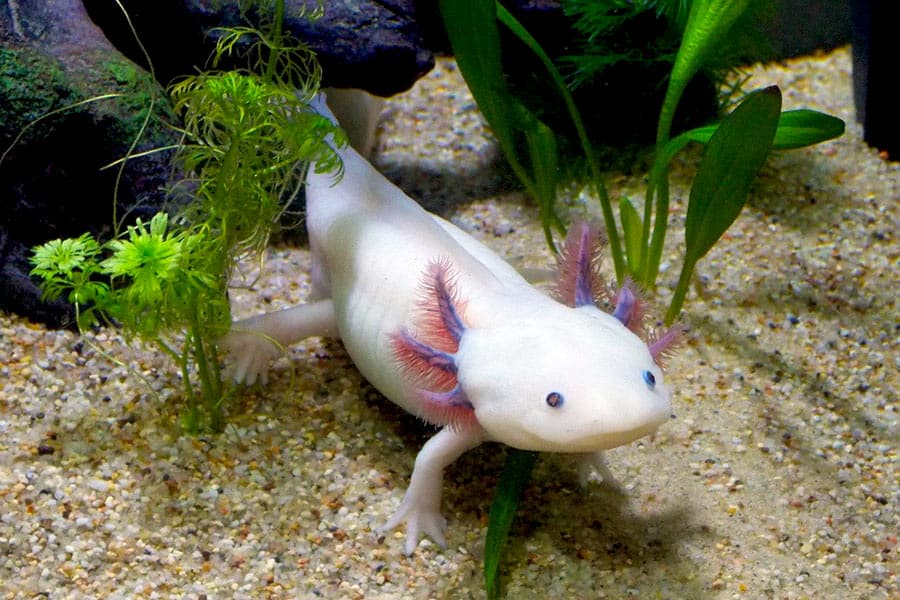Five Amphibian Characteristics
-

- by Admin
- Feb 15, 2025

Around 370 million years ago, the first amphibians appeared; since then, they have split into over 7,000 species across the globe. Despite their significant divergence, the three main amphibian clades—frogs, salamanders, and the worm-like caecilians—have a number of traits in common.
Eggs without shells
The eggs produced by living amphibians differ greatly from those of strictly terrestrial species, such as reptiles. Because the frog egg is primarily made of jelly and lacks a calcified shell, it can quickly desiccate if left out in the open. Although the majority of salamanders and frogs lay their eggs in the water, certain species have evolved techniques for doing it on land. Some terrestrial salamanders lay their eggs behind logs and rocks in moist areas. Certain frogs that live in rainforests cling to plant leaves to deposit their eggs; The newborn tadpoles fall straight into the water after hatching. When amphibians lay entirely terrestrial eggs, they change inside the egg and emerge as fully developed, tiny adults.
Skin That Is Permeable
The majority of amphibians have moist, permeable skin, however caecilians have scales that resemble those of fish. Due to water loss through the epidermis, most animals are forced to survive in damp or aquatic environments; otherwise, they would rapidly become dehydrated. Certain frogs, such as waxy monkey frogs, have evolved a defense mechanism to survive in arid environments. The frog uses its feet to disseminate a lipid that is secreted from skin glands throughout its body. The lipid effectively creates a cocoon around the animal by preventing water loss. Poisons are produced by glands in several amphibian species.In order to defend themselves against predators, several amphibian species have skin glands that create poisons. Some species, such as some poison dart frogs, have poisons that are strong enough to kill people.
Adult Carnivores
All adult amphibians are carnivores, however certain tadpoles and larval salamanders are filter feeders that eat both plant and animal matter. Some amphibians also eat tiny vertebrates, although the majority eat invertebrates such as insects, arachnids, and earthworms. It is well known that American bullfrogs (Rana catesbeiana) consume fish, rodents, snakes, and other bullfrogs.
Distribution
Although amphibians can be found almost anywhere in the world, their distribution varies dramatically from one area to another. Warm climates with substantial yearly rainfall are among the traits shared by the majority of regions with high amphibian diversity. Although sampling in Indonesia and Southeast Asia hasn't been as extensive as in the other regions, this region may offer even greater diversity than the very rich frog fauna seen in Central and South America, as well as West Africa. Since habitats are frequently geographically isolated from one another, the region's many mountains, valleys, and tiny tributary streams have allowed for tremendous speciation, making the southeastern United States the epicenter of salamander diversity.
Rituals of Courtship
The nighttime choruses of frogs are widely known; males usually relocate to possible mating locations and start calling to entice ladies. The males encircle the ladies by the back when they approach, fertilizing the eggs as they are laid. Despite their lack of vocalization, several salamander species exhibit ritualized courting activities. While some terrestrial species perform intricate dances, aquatic species exhibit the most sophisticated rituals.
0 Comments:
Leave a Reply